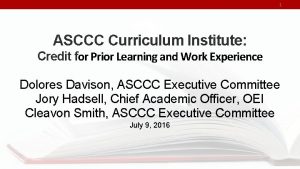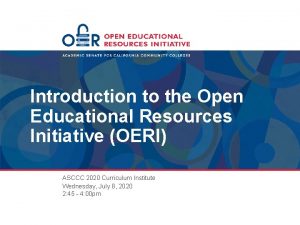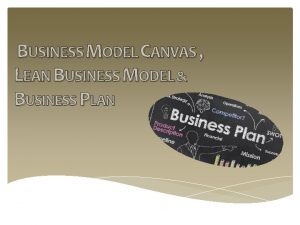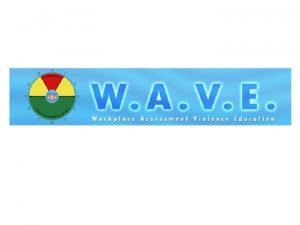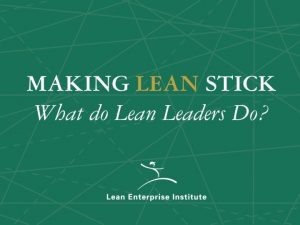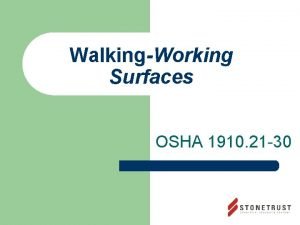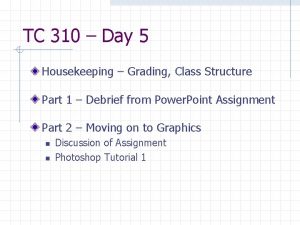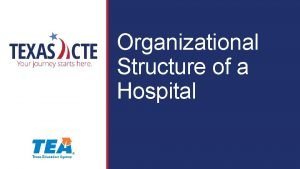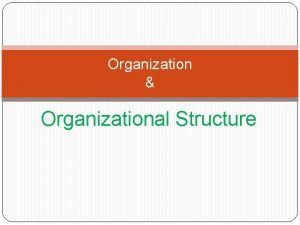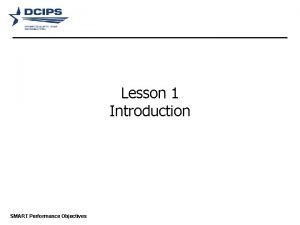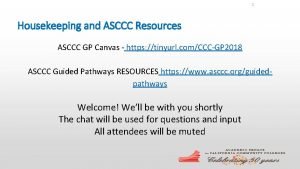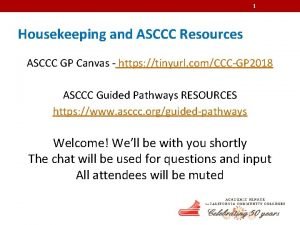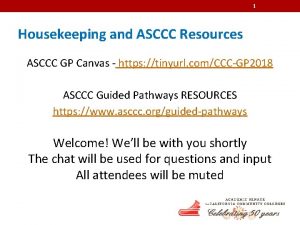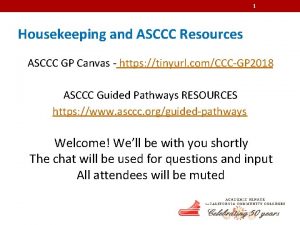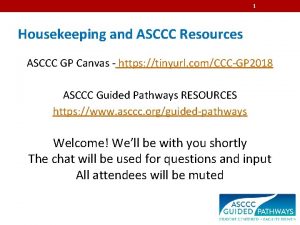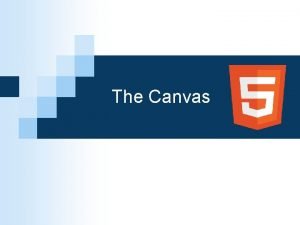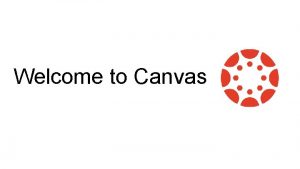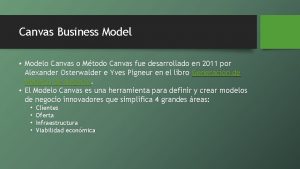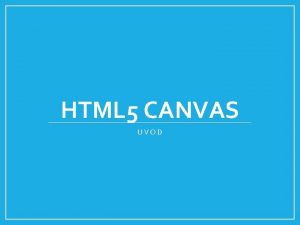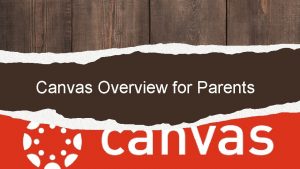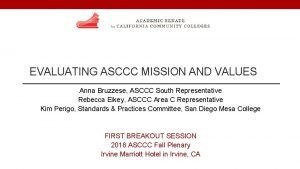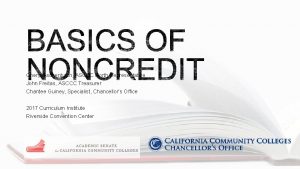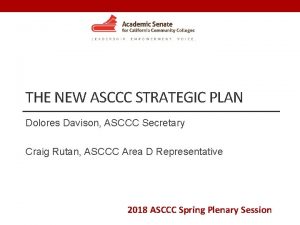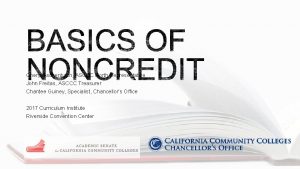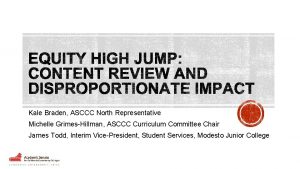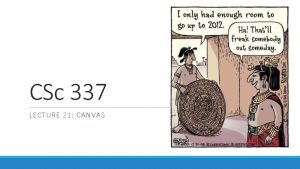1 Housekeeping and ASCCC Resources ASCCC GP Canvas
























- Slides: 24

1 Housekeeping and ASCCC Resources ASCCC GP Canvas - https: //tinyurl. com/CCC-GP 2018 ASCCC Guided Pathways RESOURCES https: //www. asccc. org/guided-pathways Welcome! We’ll be with you shortly The chat will be used for questions and input All attendees will be muted

2 Integrated Planning and Sustaining Guided Pathways Presenters: Randy Beach, ASCCC Guided Pathways Lead, Southwestern College Jeffrey Hernandez, Academic Senate President and Professor of Political Science, East Los Angeles College Janet Fulks, ASCCC Guided Pathways Lead, Capacity Building

3 Student Equity and Achievement Plans and Guided Pathways A crucial goal of the Guided Pathways movement is the closing of equity gaps for traditionally marginalized students. The new requirements of the Student Equity and Achievement plans are intrinsically linked to guided pathways reform efforts and they should be regarded as partners in equity. Join this webinar to learn how various elements of guided pathways support your SEA plans and your equity goals. Noon – 1: 00 PM March 20, 2019

4 Integrated Planning and Sustaining Guided Pathways SB 85 establishes the expectation that your college's Guided Pathways framework drives your integrated planning efforts. In fact, to fully institutionalize guided pathways, integrated planning is the key to sustaining changes. Join this webinar to see what components of the planning and decision making processes have changed at some Guided Pathway institutions to support more successful integration. Noon – 1: 00 PM March 13, 2019

5 The Role of Faculty in Planning • Participatory Governance structures : students, faculty, classified, and administration • Continuity and institutional history for sustainability • Role of local senates in institutional planning and other 10+1 Areas • Degree and Certificate Requirements • Process for institutional planning and Budget development • Educational program development • Processes for program review • Integrated planning and accreditation The 10 + 1

6 Design Principles for Planning and Oversight • What are the founding principles that underlie your planning structure for developing pathways? • What dialogue and inquiry has been devoted to a purposeful planning structure?

7 Design Principles for Planning and Oversight What does it mean when we say “guided pathways must be faculty-driven? ” Please place your responses in the chat

8 Hearing from the Field Effective practices include: • A high-level oversight body created specifically for guided pathways • Leadership that interacts with and reports to existing governance structures • Effective design, implementation, and sustainability that rely as much as possible on existing decision-making structures • Has a defined role and mission

9 Hearing from the Field Effective practices include: • Has a defined connection to existing governance structures (e. g. Academic Senate, College council, other decision making bodies) • Has a defined decision-making process • Is inclusive and does not re-create “silos” • Practices constant and ongoing communication with the college as a whole

10 Integrated Planning • What is it? What does it look like? • Where does it start? Who needs to be at the table? • What questions should be considered? • How do you implement a sustainable, integrated planning structure?

11 Design Principles for Planning and Oversight “What success has your college had with developing an integrated planning structure? ” Please place your responses in the chat

12 Haven’t we been here before? Haven't we tried to integrate things before? BSI Equity Integrated Plan SSSP • Enabled leveraging/combining related activities from different funding sources • Desire to remain in silos and protect turf/funding source remained • Still needed to integrate other grants and initiatives

13 Integrated Planning: Local Goal Setting

14 Integrated Planning: Local Goal Setting Goal (Metric) 1. VFS Local Goals Student Equity Plan X Access (Successful Enrollment) 2. Course Completion (Transfer-level math & English) 3. Retention (Fall to Spring) Equity Gap Sub. Goals Funding Formula X X X X 4. Unit Accumulation X X* 5. Completion (Degree & Certificates) X X 6. Transfer X X 7. Workforce Preparation X X*

15 Example Integrated Planning and by a California Community College

16

17

18 These funding components mean: • Faculty must understand student types and how they influence funding for programs, pathways and scheduling • Faculty must better understand coding which represents our students and our curriculum • Colleges must be focused on student populations (e. g. Pell, Promise, Inmates, Special Admit) • Colleges must be focused on the identified “success” factors (ADTs, AA’s, CCC Bachelors, credit certificates, 9 or more in CTE, transfer, Math & English in one year, Regional wage)

19 Impact on Your College Options for setting local goals: 1. Align local goals directly with Vision for Success goals 2. Create local goals for advancement, just above local trends 3. Set local goals at current trends, make it easy to surpass 4. Look at ones you are doing and leave ones not of interest ➢ Overall the goals must align WITH YOUR MISSION to be consistent with Accreditation ➢ Keeping the integrity of your current strategic plan and other plans; do not rewrite current plans in mid-stream ➢ Building on where you’re going already to sweep in the VSF goals ➢ Keeping local priorities (such as Equity) at the forefront ➢ Rely on local data for accuracy

20 Source: USC Center for Urban Education--Current Transfer Climate at ELAC

Vision Goals 1. Increase 20% degree and certificate 21 College Questions Is your college already working on this? Do you have strategies in place to increase completions? 2. Increase 35% transfer Does you college have strategies in place for increasing transfer? Have you spoken with transfer partners? 3. Decrease units for degrees Have you begun looking at total units? Do you have strategies in place to decrease units? 4. Increase CTE students employed in their field Do you have plans, links, collaborations to address employment after college? 5. Reduce and eliminate equity gaps Do you have plans in place to accurately measure equity gaps and particularly the effect of AB 705 and other new implementations? 6. Reduce regional achievement gaps Do you have plans to build community collaborations and partnerships to address

22 Questions and Comments

23 Student Equity and Achievement Plans and Guided Pathways A crucial goal of the Guided Pathways movement is the closing of equity gaps for traditionally marginalized students. The new requirements of the Student Equity and Achievement plans are intrinsically linked to guided pathways reform efforts and they should be regarded as partners in equity. Join this webinar to learn how various elements of guided pathways support your SEA plans and your equity goals. Noon – 1: 00 PM March 20, 2019

24 Additional ASCCC Resources • CCCCO memo on Planning Alignment • CCCCO ppt on Goal setting • Student Centered Funding Formula Models • Overview of the Student Centered Funding Formula • ASCCC GP Canvas - https: //tinyurl. com/CCC-GP 2018 • ASCCC Guided Pathways RESOURCES https: //www. asccc. org/guided-pathways
 Asccc leadership institute
Asccc leadership institute Asccc curriculum institute
Asccc curriculum institute Asccc oeri
Asccc oeri Lean model canvas vs business model canvas
Lean model canvas vs business model canvas Operations transformation process
Operations transformation process Fixed resources
Fixed resources Key partners business model
Key partners business model Renewable vs nonrenewable resources worksheet
Renewable vs nonrenewable resources worksheet Housekeeping department
Housekeeping department Welcome and housekeeping
Welcome and housekeeping Housekeeping meeting agenda
Housekeeping meeting agenda Housekeeping webinar
Housekeeping webinar Osha housekeeping 1910
Osha housekeeping 1910 Housekeeping feladata
Housekeeping feladata Types of housekeeping
Types of housekeeping Housekeeping monthly may 1955
Housekeeping monthly may 1955 Housekeeping monthly may 1955
Housekeeping monthly may 1955 Debriefing in housekeeping
Debriefing in housekeeping Housekeeping subject
Housekeeping subject Ddo housekeeping
Ddo housekeeping Housekeeping slide for presentation
Housekeeping slide for presentation Hospital org structure
Hospital org structure Social organization structure
Social organization structure Examples of measurable housekeeping goals
Examples of measurable housekeeping goals Jsa for housekeeping
Jsa for housekeeping

